Help kids learn about the impact ice and salt have on temperature with this fun, easy science for kids. This ice and salt experiment is so simple to set up and perfect for helping kids to explore and think critically about the world around them. Use this experiment with ice salt and water temperature with preschool, pre-k, kindergarten, first grade, 2nd grade, and 3rd graders.

Ice and salt experiment
Teach kids about the effect ice and salt have on temperature with this fun, hands-on Ice and salt experiment. This ice and salt experiment for preschoolers, kindergartners, grade 1, grade 2, and grade 3 students is super simple, but a great demonstration to teach kids. When we want to make our drinks colder or to keep them cool, we add ice. No one likes warm lemonade or soda, right? Ice makes drinks colder because the temperature of the ice is lower than the temperature of most drinks. Water freezes at 32 degrees Fahrenheit, so we know the temperature of the ice. If a drink is at room temperature, we know it is probably around 70 degrees F. If a drink has been in the refrigerator, we know that refrigerators are kept around 40 degrees F, so the drink will be around that temperature as well.
If ice is 32 degrees and is placed in a room temperature drink, what temperature does the drink become? Will adding more ice make a difference? Is there a way to make the drink even colder without adding more ice? Let’s experiment.
Salt and ice experiment
Start by gathering the supplies you will need. The materials you need for this science experiment are super simple, you should have them laying around your house:
- 2 drinking glasses
- water
- ice cubes
- thermometer
- salt

Ice and salt experiment for preschoolers
Let’s first see how the amount of ice affects the temperature of a drink. To make this experiment simple and easy to replicate, we will use water for our drink.
Pour 1/2 cup water into each of the drinking glasses. Record the temperature of each glass of water.
Add one or two ice cubes to one of the glasses and place enough ice cubes into the other glass that it almost fills the water with ice. Give each glass is stir and let them set for 5 minutes.
Ice salt experiment
After 5 minutes, record the temperature of each glass. Keep recording the temperature every 2 minutes. At what point do you see the temperature remaining steady? When the temperature remains the same for 2 measurement times, move on to part two of the experiment. If not, keep recording every 2 minutes until the temperature stabilizes, then move on.
Experiment with ice and salt
In this part of the experiment, you are going to use the glass with the most ice added. (The water in this glass is probably going to have the lower temperature, as well.) Add a tablespoon of salt to the water and stir. Next, record the temperature of the water. Did the addition of the salt have an immediate effect on the water temperature?
Check the temperature of the water every 2 minutes until it stays steady.

Water Temperature Experiment
In part one of our experiment, we wanted to see if the amount of water added to a drink (water) determined how cold the drink could get. The final recorded temperatures of the two glasses should have shown that the temperature in the glass with more ice was lower than the glass with just one or two ice cubes. In fact, the ice in the glass with less added ice was probably melted by the end of the recording time.
When the ice melted, there was nothing left to make the water colder. In the glass with more ice, the presence of ice continued to drop the temperature.
ice and salt science experiment
In part two of our experiment, we wanted to see if we could make the drink get even colder without adding more ice. When the salt was added to the cold water, the temperature dropped even more. Why?
We know that fresh water (water without salt) freezes at 32 degrees F. When salt is added to water, the freezing point of water is lowered. This causes the ice to melt. Melting requires heat, which it takes from the ice and the water around it. This lowers the temperature of the water even below the freezing point of fresh water.
Winter Activities
- Easy Circle Sticker Snowman Craft, Glue Snowman Craft, Adorable Keepsake Snowman Handprint Ornament
- Amazingly EASY Puffy Snow Paint Recipe, DIY Snow globes for Kids, Construction Paper Snowman Wreath Craft
- Suncatcher Snowman Craft for Preschoolers, Colorful Chromatography Snowflake Craft for Kids
- Winter Snow Slime Recipe, EASY Snow Clay for Christmas Ornament Crafts,
- Snowman Launcher Winter Activities for Preschoolers, YUM! 2 ingredient Snow Ice Cream
- Chilly Snow Dough Antarctica Activities for preschoolers, 30+ January Activities for Kids
- Snowman Handmade Greeting Cards, Super Cool Snow Volcano Science, winter Melting Snowman Experiment
- Eruptions Snowman Science Experiment, easy Exploding Snowman, erupting snow Winter Science Experiment
- How to Make Frost in a can- Winter Science Experiment
Winter Printables
- Snowman Word Family Spinners or Build-a-Snowman Winter CVC Words Activity
- Snowman Math Craft for practicing addition and subtraction or Winter Telling Time Worksheets
- Snowflake Dab the Letter or Snowman Tracing Letters A to Z
- Snowman Activities for Preschool – Count to 10 and Cute Snowman Shape Puzzles
- Free Snowman Coloring Pages or Snowman Addition Clip Cards or Snowman Printables Counting, Snowman final sounds in words, and winter nature journal printable
- Snowman Counting Cards or Winter Counting Worksheets
- Free Snowman Worksheet Pack with LOTS of pages or Winter Worksheets for Preschoolers
- Free Winter Writing Prompts PDF or Multiplication Snowman Activity
- Snowman Printables Winter letter Find or winter coin recognition activity
- Snowflake Winter Compound Words or Build a Snowman Sequencing Worksheets
- Penguin Worksheets Counting 1-10 or counting to 20 penguin math
Popular Science Activities
Looking for lots more fun, science experiments for kids? You’ve GOT to try some of these outrageously fun science experiments for kids! Plus don’t miss all our science for kids, types of free science lessons, or seasonal science experiments.
- Tons of Kindergarten science experiments by month, How to Make a Lava Lamp, or POP rocks science experiment
- EASY Lemon Volcano, or 100 Amazing Food science experiments for kids (arranged by type of science), Dancing Raisins Experiment, or 19 Edible science experiments,
- Colorful Capillary action science experiment (also known as walking water), stunning Chromatography Flowers, colorful Oil and Water Science Experiment, or beautiful Color-Changing Flowers
- Magnet Experiments for Kids, amazing Magnetic Field Sensory Bottle, hands-on Science experiments with batteries, fun squishy circuits projects, and 30 Simple machines science projects
- 24 Epic Solar system science projects, HUGE Free Solar System Unit, Pipe Cleaner Constellation Activity, and simple Galaxy science project
- Why do Leaves Change Color Experiment, Leak Proof Bag Science Experiment with Everyday Materials, EPIC Mentos and Soda Experiment, and Mind-Blowing Magnetic Slime for Kids
- Fun Water balloon science experiment that explores density, 50 Fun Preschool science experiments, and Animal Classifications for Kids Cootie Catchers
- Weather Projects – how to make a weather vane and Air pressure science project
- Color Changing Slime, colorful bubble snakes, neat burning candle experiment worksheet answers, fun Lego Zipline, look INSIDE a Volcano Project, or Exploding Watermelon
- Human Heart for Kids, hands-on Human Body Project, Eye opening Eye science experiments, Life Size Skeletal system science project, free parts of the brain worksheet, and playdough human body game
- Hands-on Newton’s cradle project, DIY draw bot for kids to make, LOTS of Life Cycles for Kids and 10 fun science experiments
Response
-
Love this idea! Such a simple way to demonstrate kind of a complicated idea for a younger mind. We added a timing element. We had two ice cube trays, one fresh and one salt and timed how long it took to freeze each. We also had two separate cups of ice and sprinkled a tablespoon of salt on one and, again, timed it to see which melted faster.





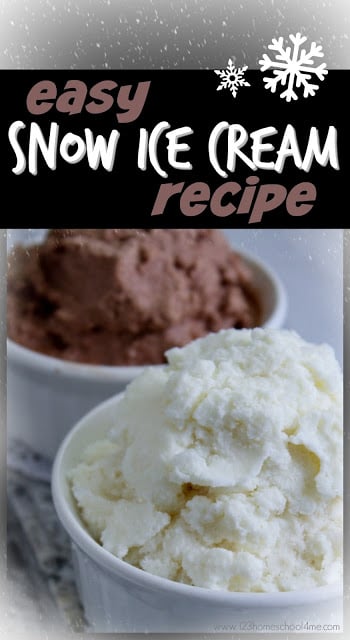
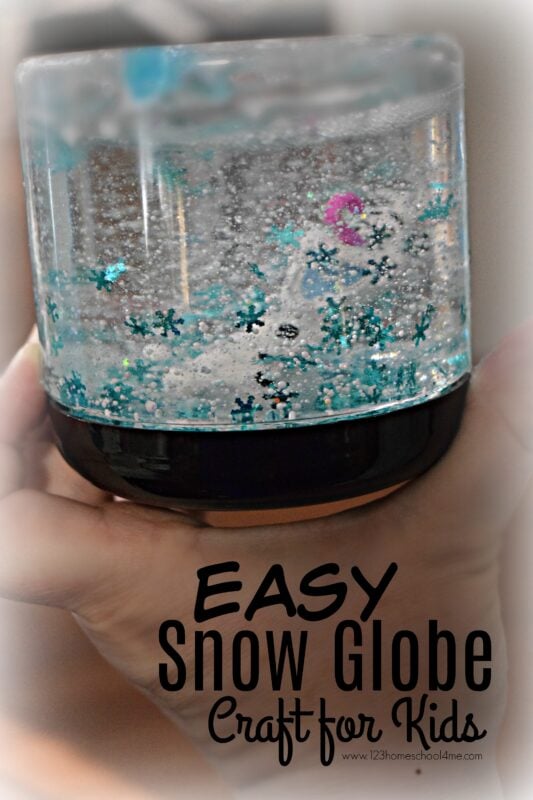


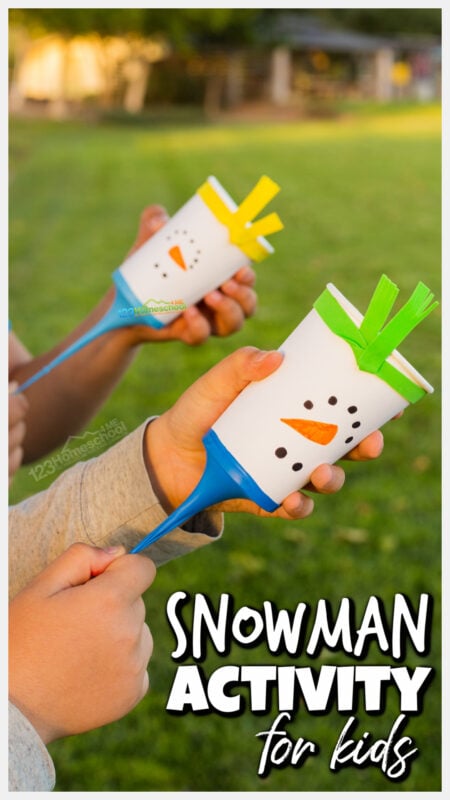


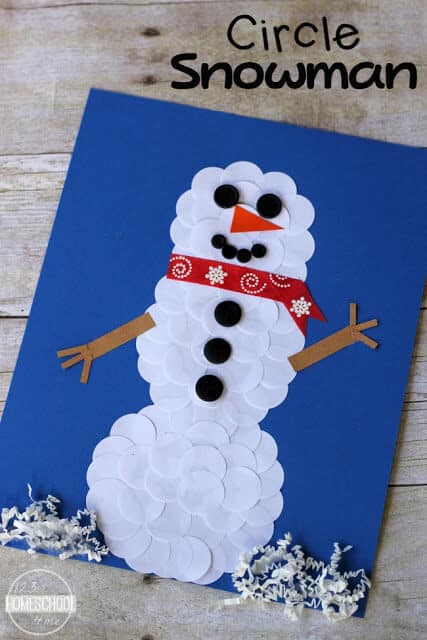

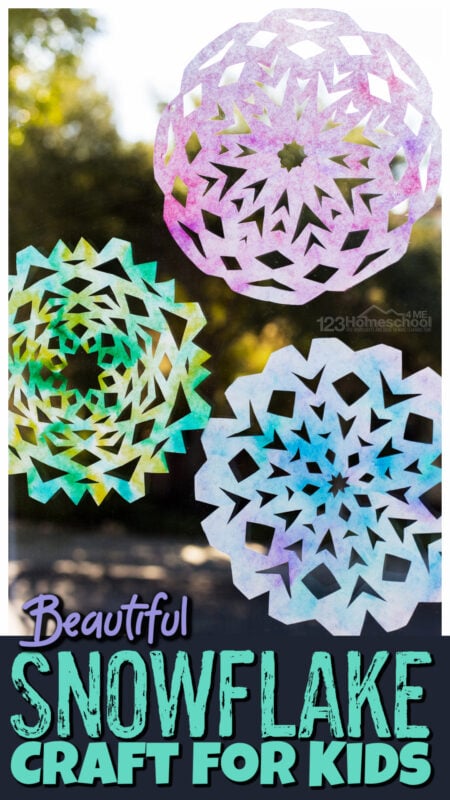
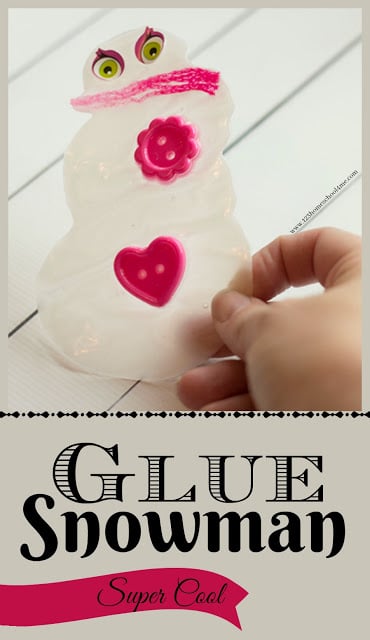




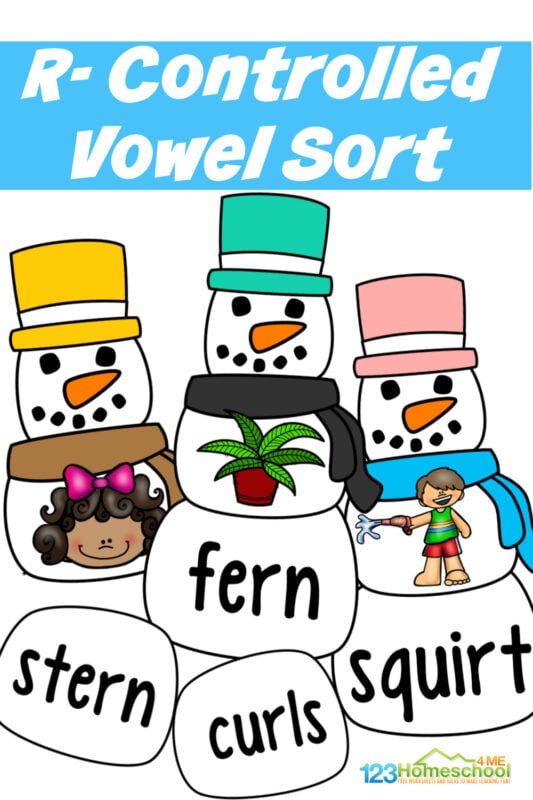







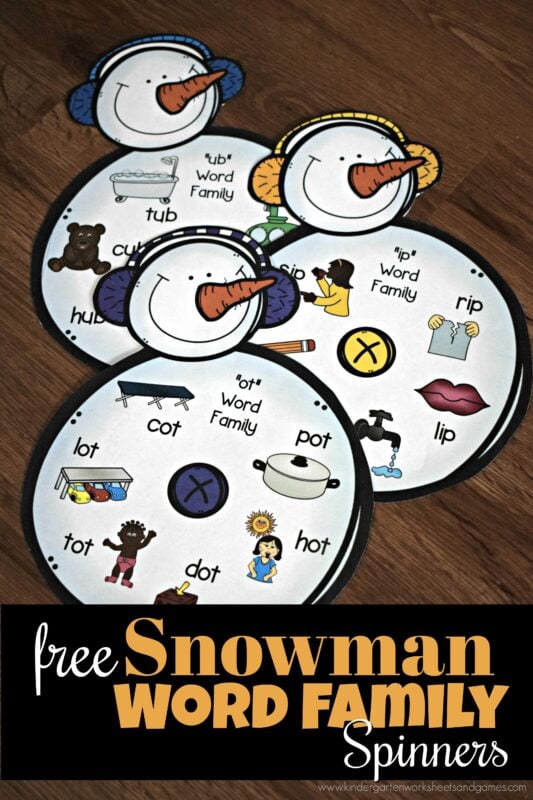





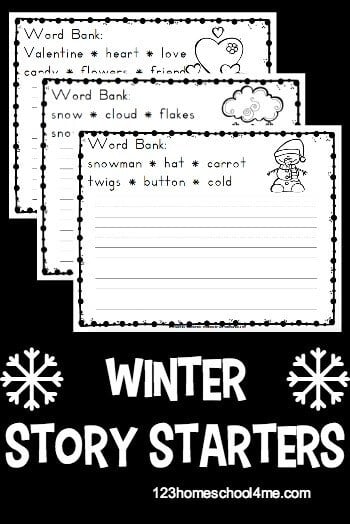


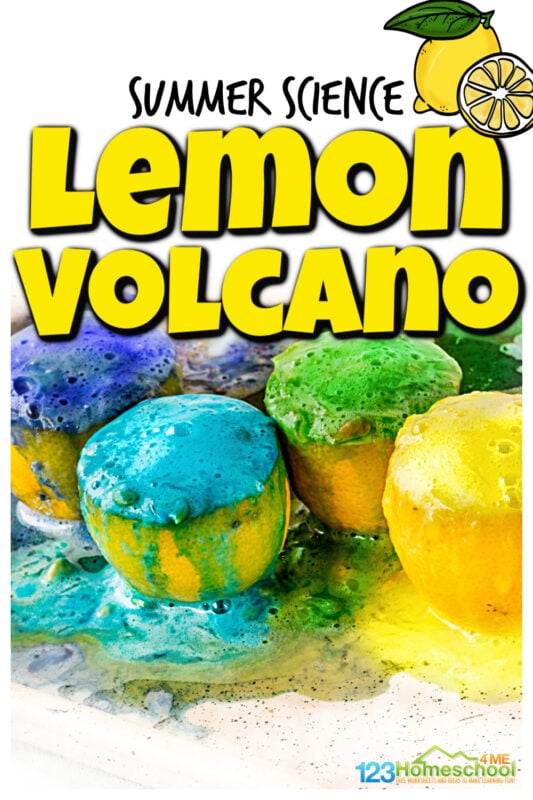



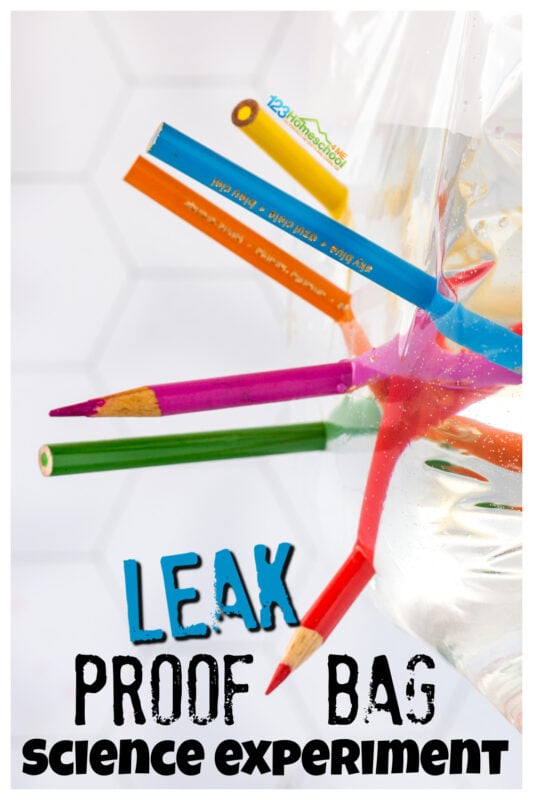
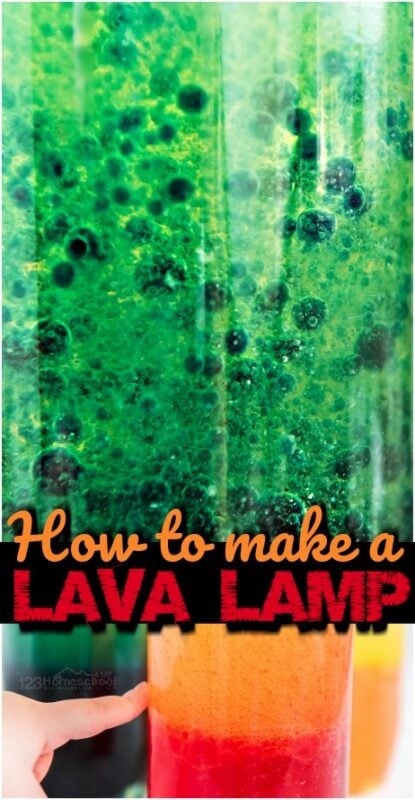












Leave a Reply